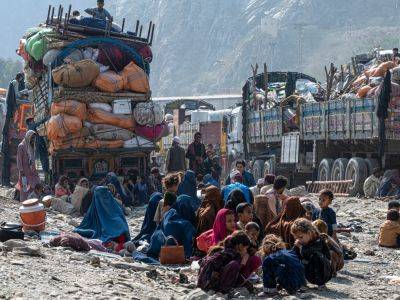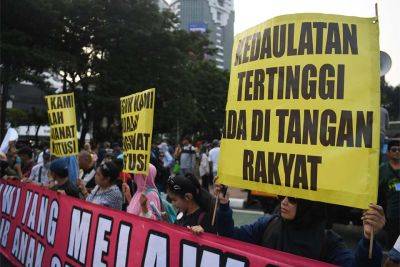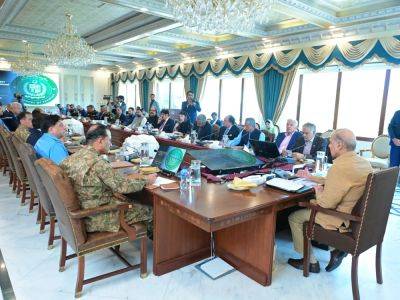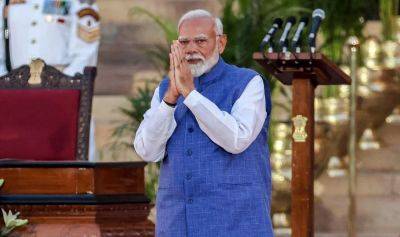Can Pakistan’s allies help revive its economy through investment dollars?
Pakistani PM Shehbaz Sharif visited China, Saudi Arabia and the UAE recently searching for investments. But analysts say he first needs to fix things at home.
Islamabad, Pakistan — In a series of trips over the past three months, Pakistan Prime Minister Shehbaz Sharif has tried to convince the debt-strapped country’s three closest allies — China, Saudi Arabia and the United Arab Emirates — to invest in the nation, as its precariously positioned economy looks for green shoots.
In June last year, under Sharif’s first tenure as prime minister, the government formed a Special Investment Facilitation Council (SIFC), a high-powered body comprising Pakistani civilian and military leaders, to promote investment in Pakistan.
Following the tours to Beijing, Riyadh and Abu Dhabi, the Sharif government is pointing towards a raft of memorandums of understanding signed on those trips as indicators of potential investment coming to Pakistan.
However, analysts caution that the attempts to get foreign direct investment (FDI) will work only if Pakistan can promise a stable political landscape and bring structural reforms to its economy.
So what did Pakistan get out of Sharif’s trips, and what does it need to do to attract investments as it prepares to negotiate with the International Monetary Fund (IMF) to enter its 24th loan programme since 1958?
After taking office in March for the second time, Sharif paid two visits to Saudi Arabia in April. These tours were followed by a series of visits by senior Saudi officials, including the defence and foreign ministers, to Pakistan. In early May, a 50-member Saudi business delegation also flew down to participate in an investment conference.
In his two meetings with Saudi Crown Prince Mohammed







